HIPS-NET – The hydrogen network
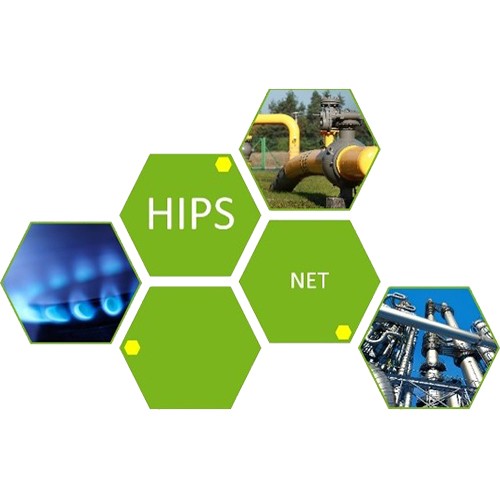
Cooperation among the different members of the gas industry is essential in order to progress properly towards the safe and efficient use of hydrogen in the future energy system. To achieve this, it is necessary to identify the research gaps and share the available information on the H2 tolerance of the gas grid from both running and completed projects. HIPS-NET – Hydrogen In Pipeline Systems Network, was created with the aim of establishing […]
Small-scale LNG release tests and model improvements

The regulation authorities are working on issuing standards for safe design, site construction and operation of LNG filling stations. This requires the presence of approved physical models, whose validation should be done against a wide range of experimental data. This project, led by Norwegian company DNV GL, focuses on the safety implications of LNG dispersion from small-scale LNG infrastructure (e.g. inland shipping, […]
Methane emission quantification for transmission
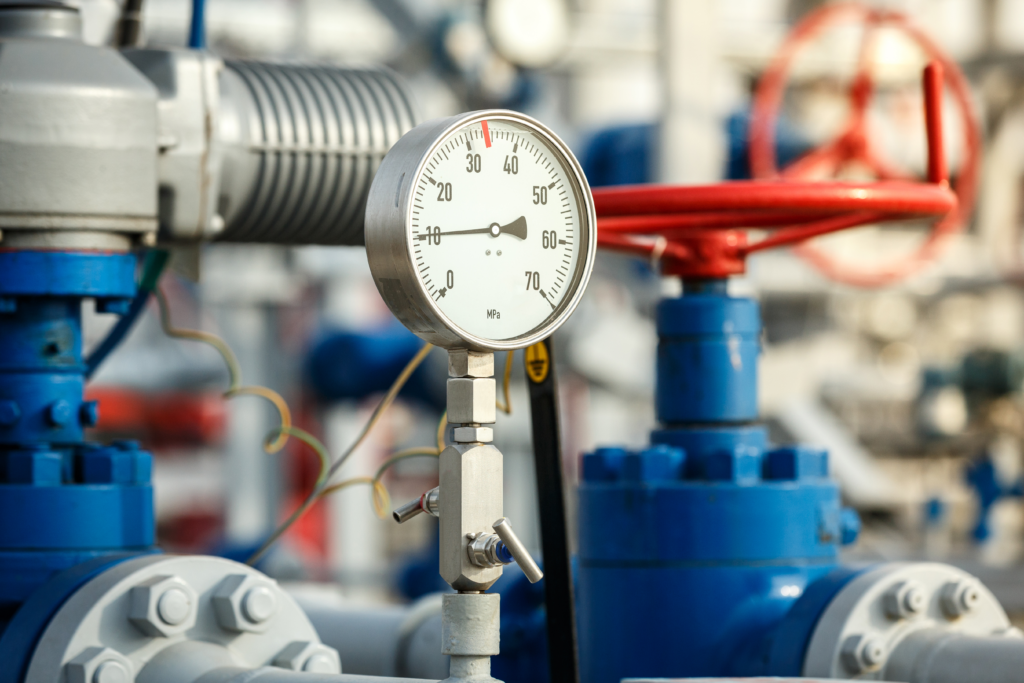
Developing standardized methods of quantification of methane emissions from natural gas transmission systems –measuring stations, compressor stations, pipelines and stop&bleed assemblies- requires easy to use and reliable tools for detection and measurement. This project, led by the Polish company Gaz System, had for objective to investigate and identify the most useful devices for detecting and quantifying methane emissions […]
LNG Sparcling: Horizontal pressurized LNG jet release & Dispersion

The economy of the LNG –Liquified Natural Gas- has shown a growing demand and development of its public applications. However, as the current modelling software are mostly based on hydrocarbon, there is a need to further research in order to identify the risks of the current models and have precise data about source term in case of release. The Sparcling –SPill And Release Consequence of LIquefied Natural Gas- project (formerly DisJet) aims to better assess the consequences of […]
Hyready
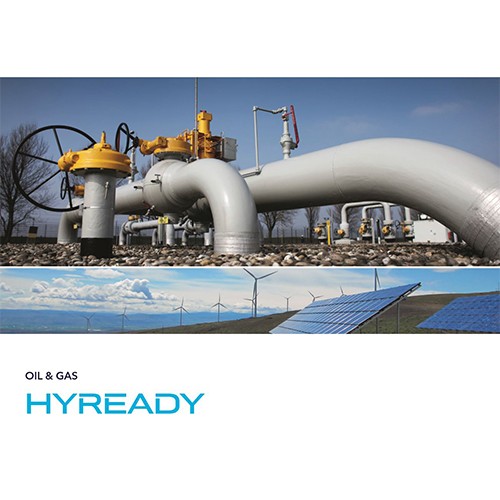
Many stakeholders are considering the use of hydrogen in the natural gas grid as a way of supporting the decarbonization of the energy system. Yet, there are no guidelines for TSOs and DSOs on how to proceed to the injection of hydrogen on their natural gas transmission and distribution networks and the impact this will have. The HYREADY project was thus launched with the intention of providing to gas systems operators with engineering guidelines, so their networks are ready to […]
Quantifying underground leakages from (gas) pipelines
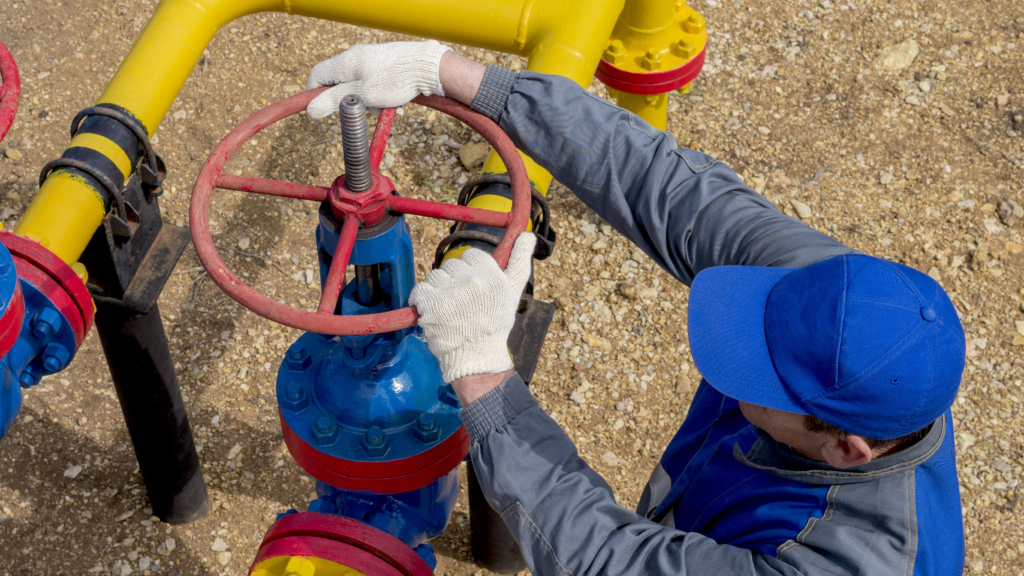
Methane is the main component of natural gas and when it is released into the atmosphere, it contributes to climate change. Gas distribution networks are subject to various aggressions and loads that sometimes lead to involuntary leaks. Current measurements show a large variation in leak flow sizes. A previous GERG project called “Development of an Accurate and Consistent Method for Methane Emission Estimation from the Gas Distribution […]
Sector Forum Energy Management, Working Group Hydrogen

The 2018 update report for the CEN Sector Forum Energy Management – Working Group Hydrogen has been published. We are proud of the continuous engagement of GERG experts in this initiative
Elegancy
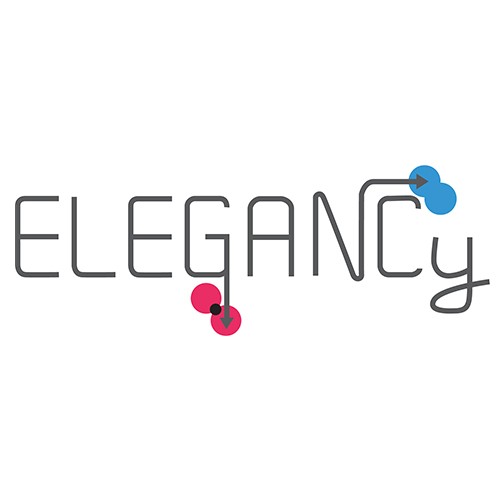
Accelerating the decarbonisation of the European energy system has been the main target of the energy sector for the last decades. With this purpose, the use of hydrogen as a low-carbon fuel has been introduced and its interest around the industry is growing exponentially. On the other hand, CCS -carbon capture and storage- is the only technology that prevents CO2 from reaching the atmosphere by storing it in a safe underground formation. Yet, there were still many challenges about its implementation. The Elegancy project was launched by […]
NATURALHY

GERG is one of the pioneering institutions in the hydrogen economy. It was in 2002 when this project started to be shaped with the intention of examinating the barriers that existed to, and the advantages that would accrue from the addition of hydrogen to the natural gas transmission and distribution system. At this time, with […]
